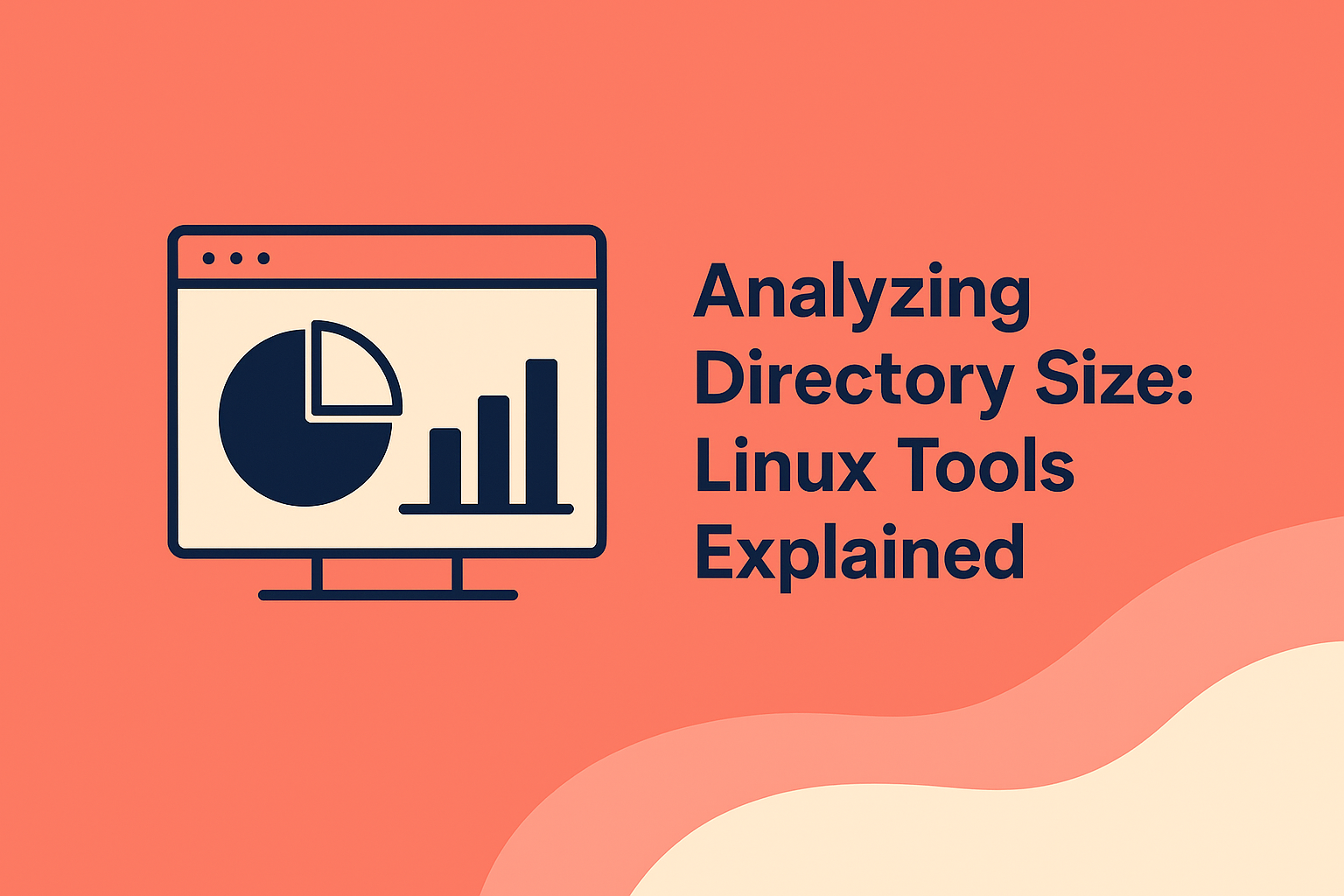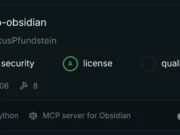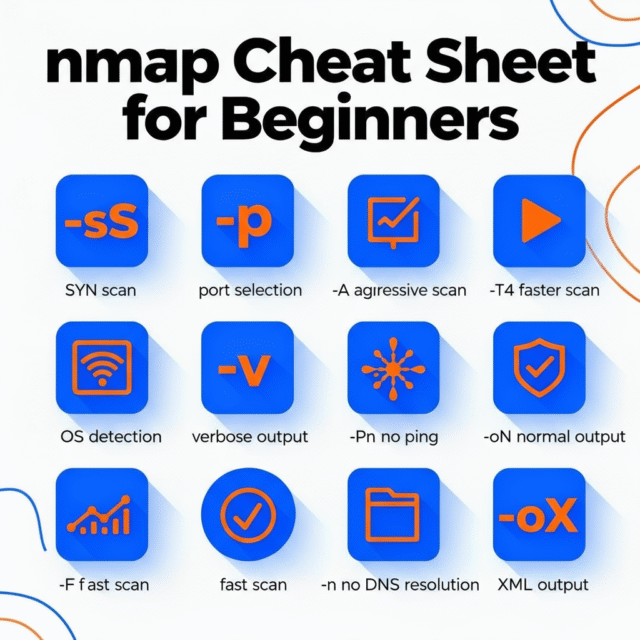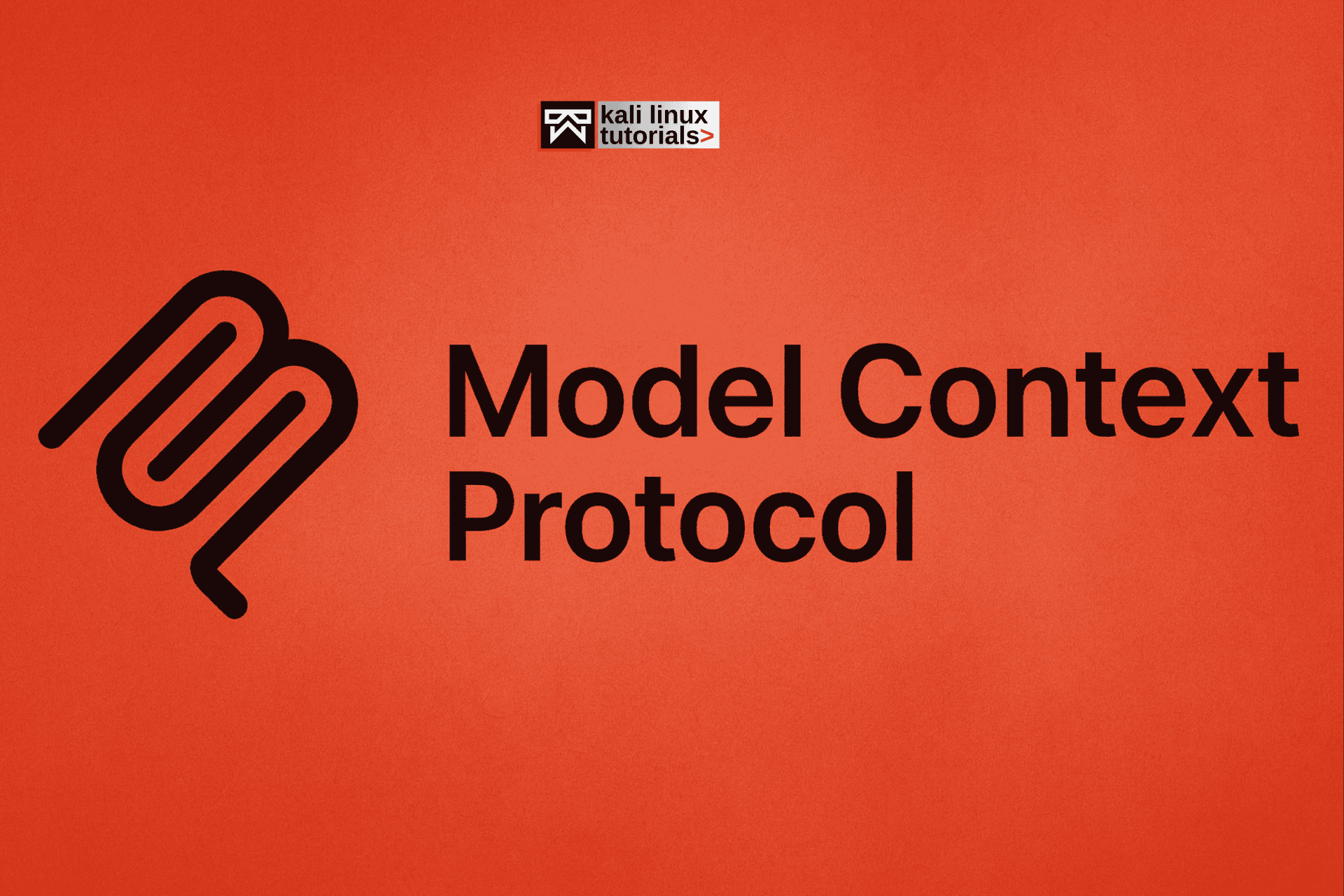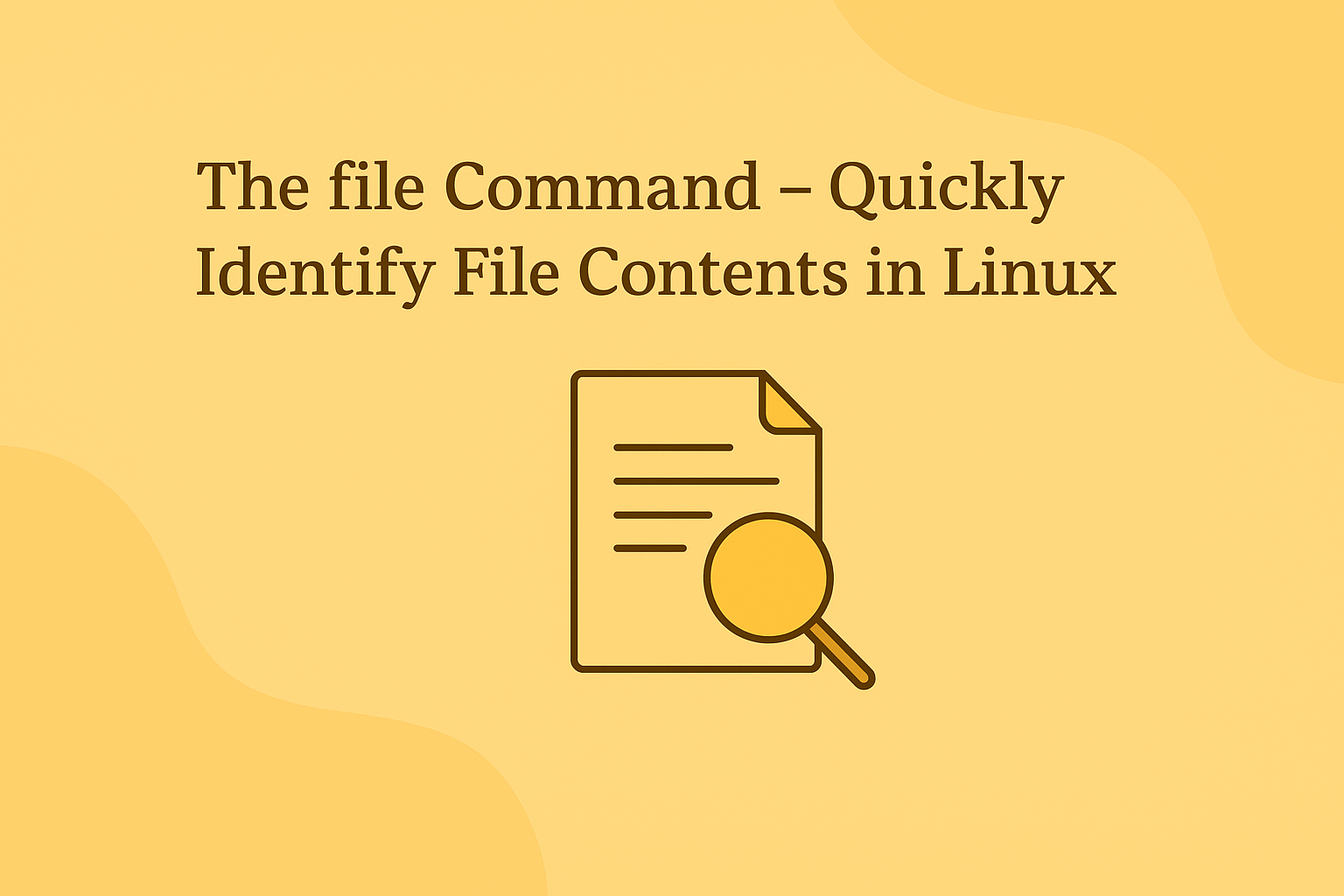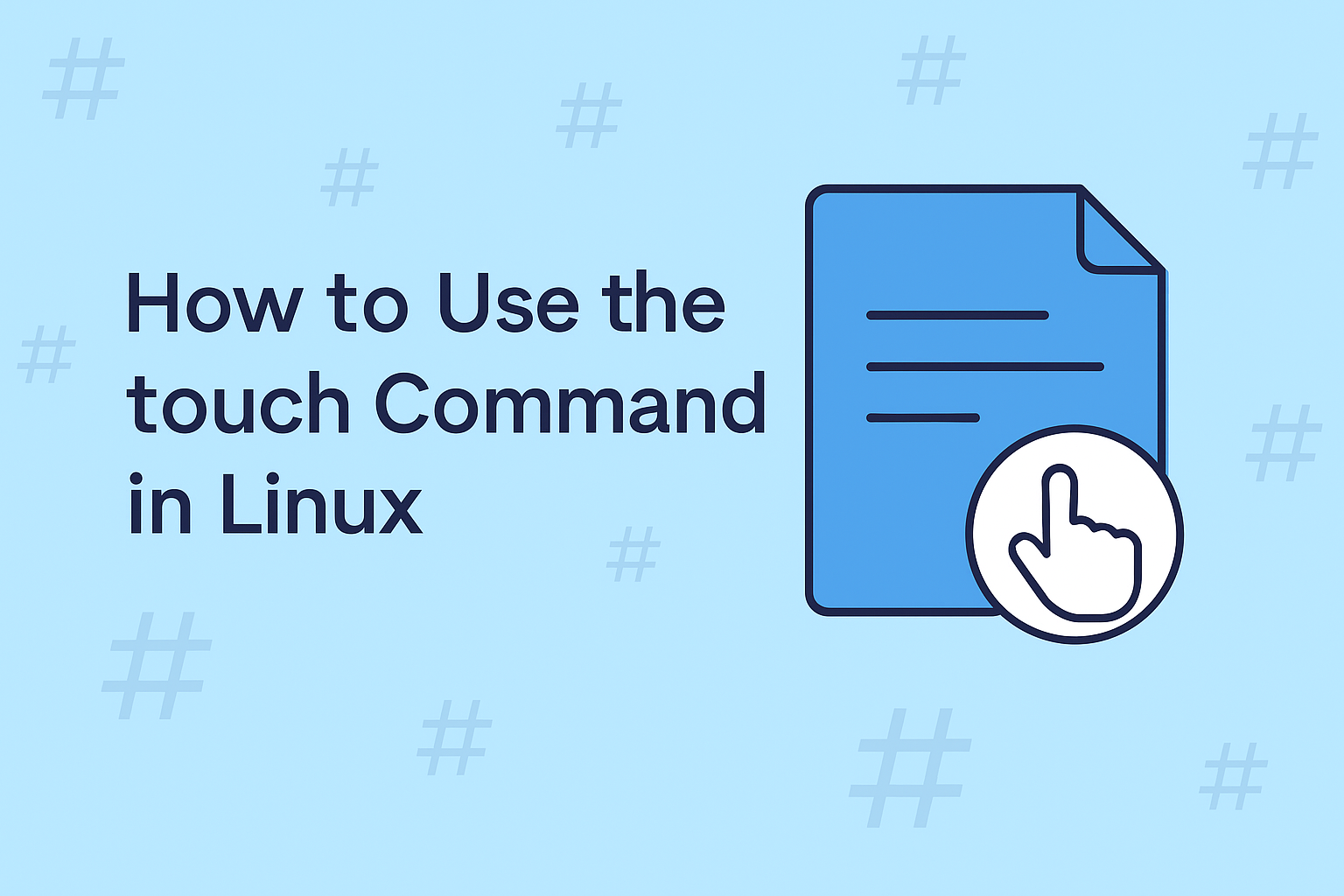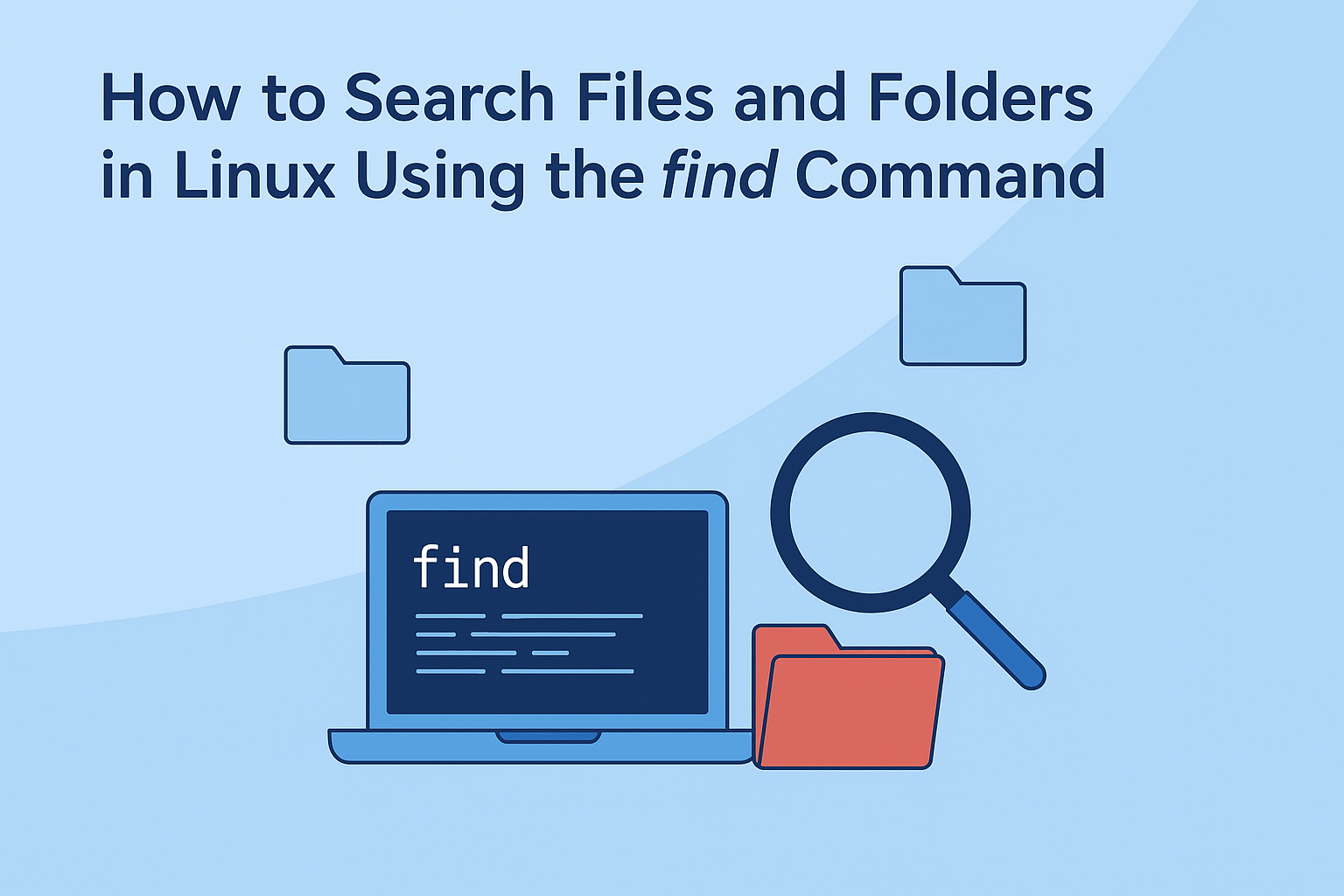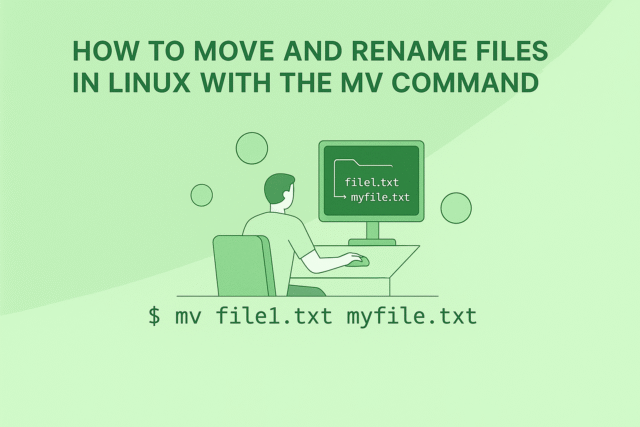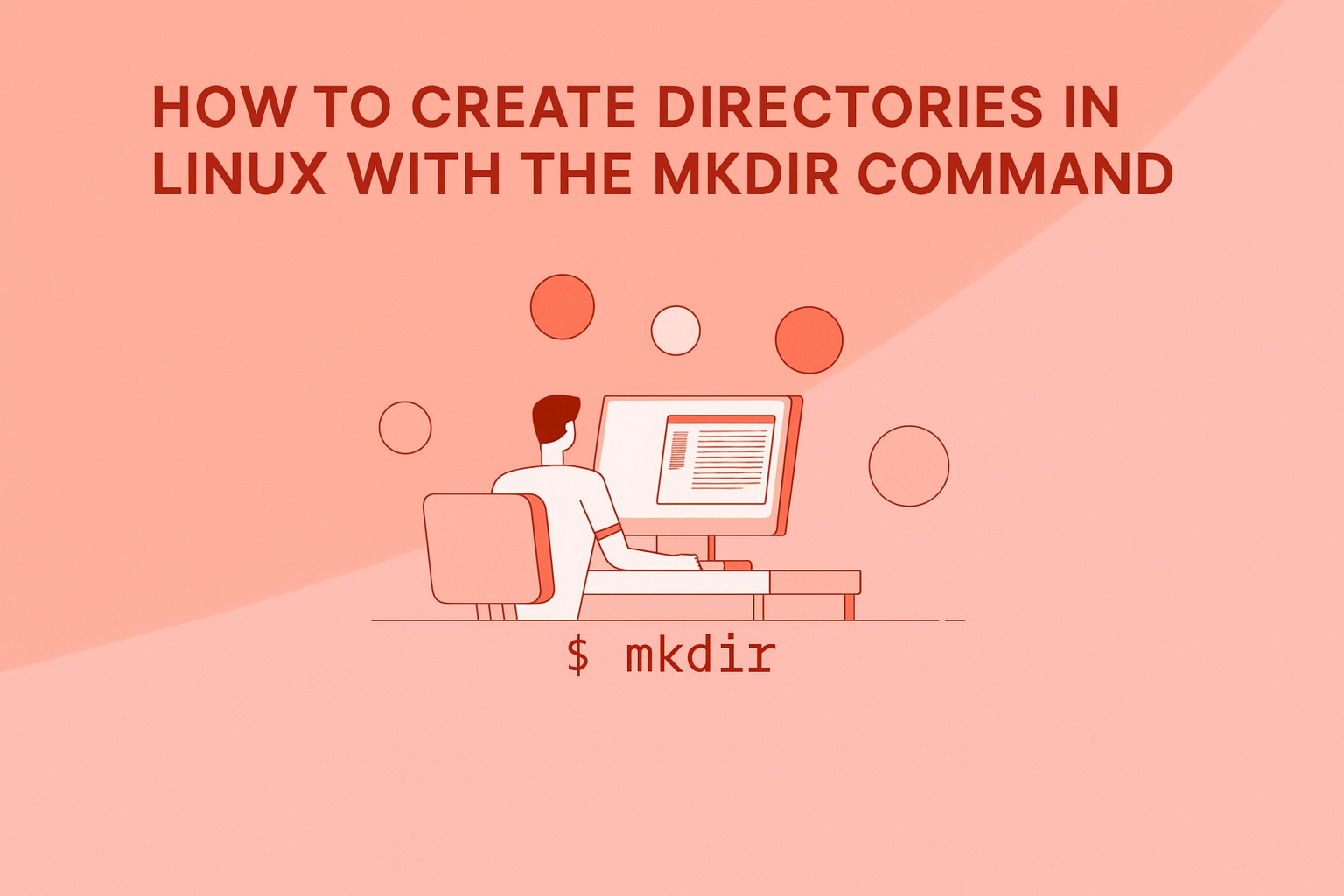How to List Users in Linux
Managing users is an essential part of Linux system administration. Knowing how to list all users helps you monitor system access, manage permissions, and ensure security. In Linux, user information is stored in specific system files, and several commands can be used to view this data. Check Users from the /etc/passwd File All local users are recorded in the /etc/passwd file....
Nmap cheat sheet for beginners
Nmap (Network Mapper) is a free tool that helps you find devices on a network, discover open ports, and identify services running on those ports. This Nmap cheat sheet uses simple language and lots of practical examples so beginners can learn by doing. Only scan systems you own or have permission to test. Choosing what to scan Before running Nmap you...
Understanding the Model Context Protocol (MCP) and How It Works
Introduction to the Model Context Protocol (MCP) The Model Context Protocol (MCP) is an open standard that enables AI applications, such as large language models, to connect seamlessly with external systems and diverse data sources. MCP empowers models like Claude, ChatGPT, and Gemini with the ability to access and interact with real-time enterprise information, APIs, and software tools, making AI-powered...
The file Command – Quickly Identify File Contents in Linux
While file extensions in Linux are optional and often misleading, the file command helps decode what a file truly is. This powerful utility analyzes the actual content, not just the name, and offers a reliable description, vital for system admins, developers, and anyone working with unknown or mixed file types. What Does file Do? Examines file headers and content to determine data type. Provides...
How to Use the touch Command in Linux
The touch command is one of the quickest ways to create new empty files or update timestamps for existing files in Linux. It’s widely used by system administrators, developers, and anyone who works with scripts or manages lots of files. Mastering touch can boost efficiency, automate file creation, and help maintain proper timestamp records. What Does touch Do? Instantly creates new files without opening a...
How to Search Files and Folders in Linux Using the find Command
Handling large numbers of files is routine for Linux users, and that’s where the find command shines. It’s a dynamic tool that helps you search for files and directories based on name, type, modification date, size, permissions, and even content. Whether conducting audits, cleaning up old files, or troubleshooting, find ensures you locate exactly what you need, quickly and efficiently. Command Syntax find [location] [options]...
How to Move and Rename Files in Linux with the mv Command
Managing files and directories is foundational for Linux workflows, and the mv (“move”) command makes it easy to relocate or rename items without hassle. Whether organizing a project, cleaning up folders, or updating your directory structures, mv is the tool to streamline these tasks. mv Command Syntax mv [options] source destinationmv [options] source destination source: The file(s) or directory(ies) you want to move or rename. destination: The target location...
How to Create Directories in Linux with the mkdir Command
Creating directories is one of the earliest skills you'll use on a Linux system. The mkdir (make directory) command provides a straightforward way to organize your files by creating folders wherever you need them, whether it’s one directory or an entire hierarchy in a single step. This guide walks you through mkdir usage, options, cautionary tips, and a range of practical, unique examples. Basic...
The Code Behind Lyric Video Makers: Rendering and Timing
Lyric videos have become one of the most popular tools for artists to share music online. They’re creative, affordable, and help listeners connect more deeply with the words of a song. But behind the slick animations and perfectly timed text is a surprisingly technical process. Rendering, timing, and synchronization all play crucial roles, and much of it comes down...
cp Command: Copy Files and Directories in Linux
The cp command, short for "copy," is the main Linux utility for duplicating files and directories. Whether making a backup, organizing a project, or moving content, cp allows smooth transfers and ensures the original remains unchanged. Syntax of cp Command To use cp, provide at least two arguments: a source and a target. cp [source_file] [destination]cp [source_file] [destination] If you specify a directory as the destination, the file...





